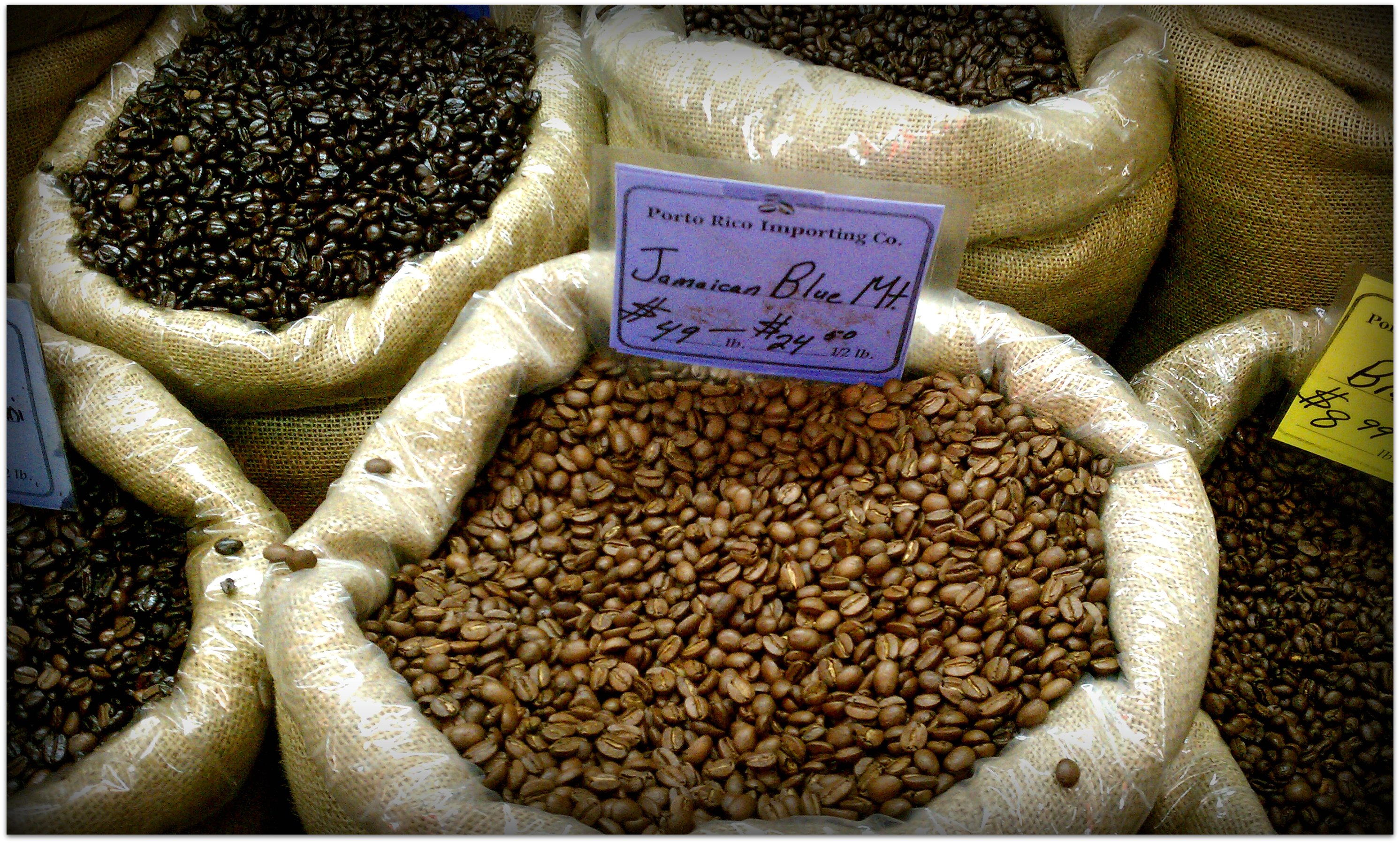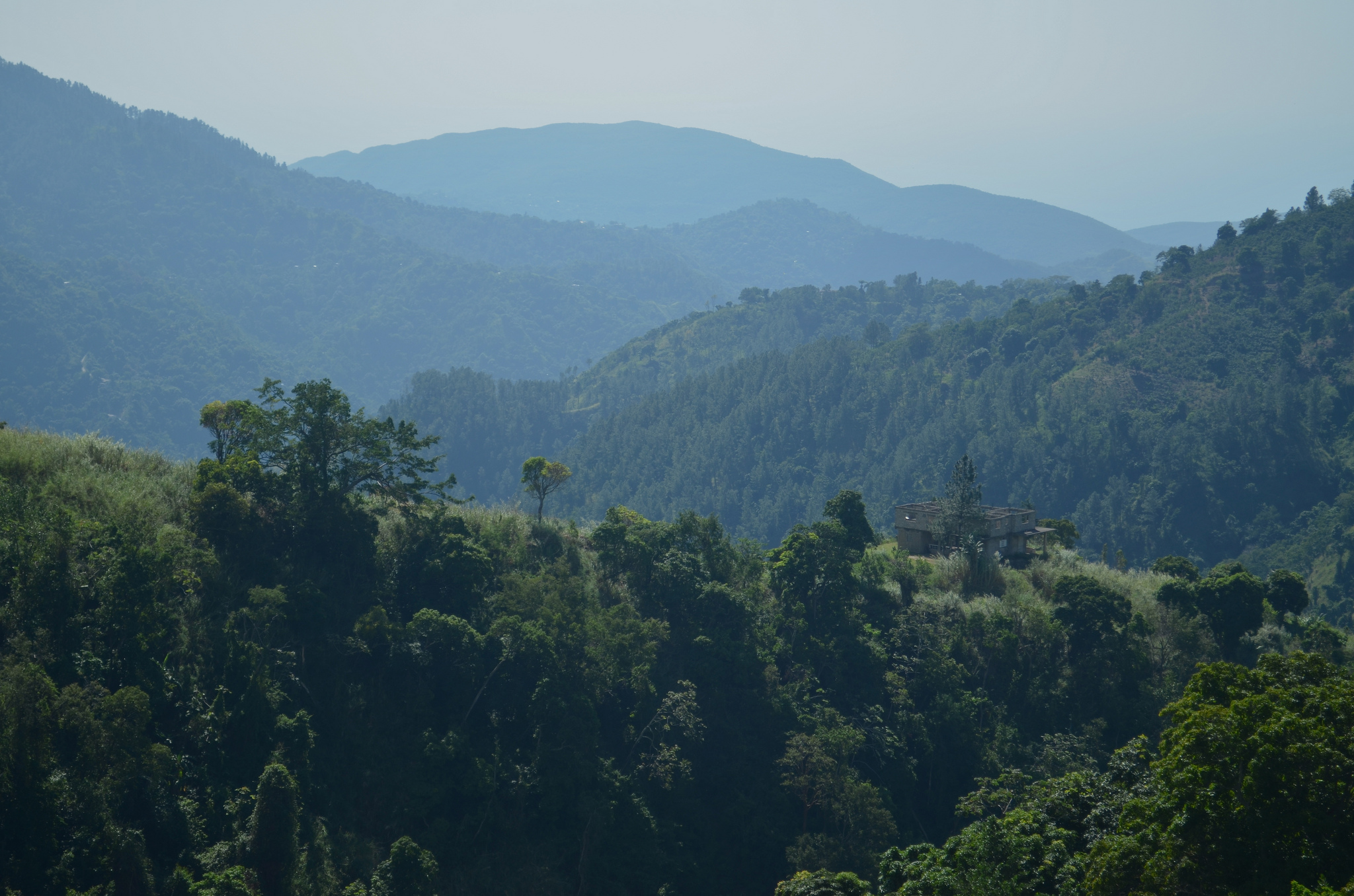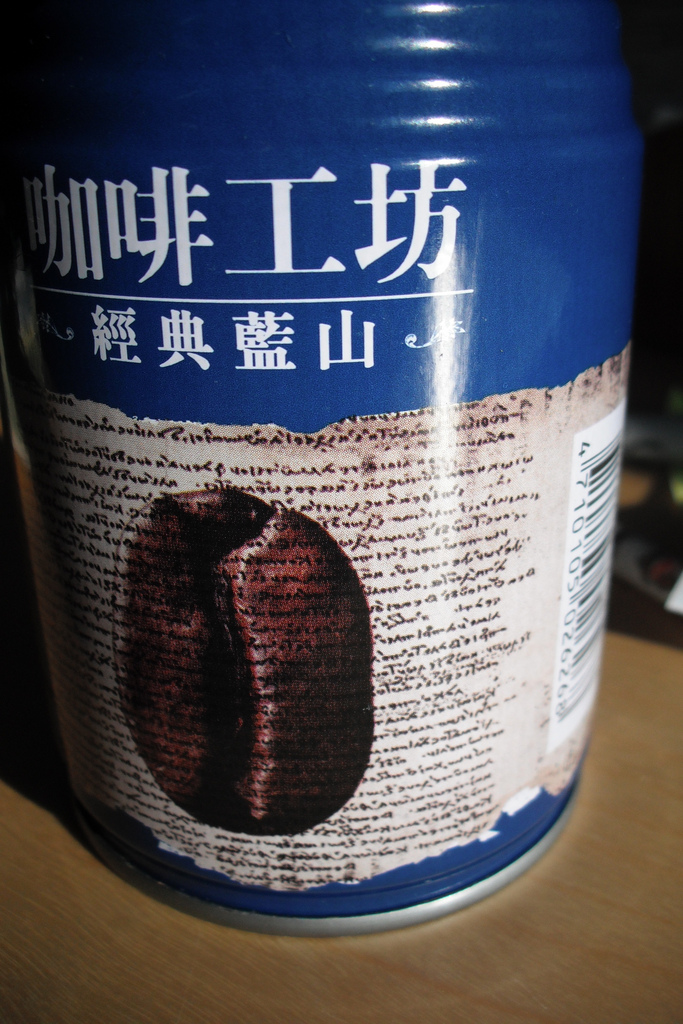Coffee is known to have some of the most volatile prices of any agricultural commodity.
The crux of agricultural markets is this: There is always an imbalance of supply and demand. If supply is smaller than demand, prices soar. This animates more producers to plant the crop in the following year to reap high earnings. If too many farmers think the same way, supply will be much higher than demand, causing prices to fall dramatically. This leads farmers to switch to another crop with higher potential prices for the next year. Supply falls. Prices rise. Rinse and repeat.
In coffee, this phenomenon is particularly pronounced because coffee plants are perennial bushes – unlike wheat or corn, which you can plant one year and harvest the next, coffee bushes need 3-5 years to mature. Thus, large prices swings occur every five years or so, as coffee producers around the world follow the same price signals. In addition, bad weather can affect supply from year to year. Especially if poor weather conditions are present in Brazil, where much of the world’s coffee comes from, you can note pronounced price spikes.
I have been getting familiar with coffee market history and looking into price data in more detail. There are many interesting historical things to talk about – possibly another time – but for now let me say this.
WHAT THE HELL, JAMAICA?!?
This is a chart of Arabica prices, the higher-quality bean variety that is relatively less affected by world commodity price movements than Robusta, but still sees many ups and downs. You can note that with some exceptions, the prices paid to producers in most countries are rather similar. Except for Jamaica.

Jamaica has a comparatively teeny-tiny production – between 11 and 30 60-kg bags annually, when Costa Rica produces 1’200, Colombia 10’900 and Brazil 24’300. But their coffee is taken to be one of the best in the world.
The Blue Mountain range has a microclimate that favors coffee production like few others, allowing for a lengthy growing period and the development of sugars that smoothen and enhance the taste. Thus, Jamaica Blue Mountain has been able to trade at premium prices that are above and beyond those of any of its competitors.

In particular, Japan coffee lovers have historically loved Blue Mountain coffee, buying up to 90% of production and paying exorbitant prices for it.
“Japan is the only country that puts such a premium on Blue Mountain coffee,” said an executive at a leading coffee company.
When prices reach $40 per pound in the United States, in Japan the beans fetch as much as $34 for a 100-gram (3.5-ounce) package. Yet, when the economic crisis hit, even Japanese watched their wallets, and Jamaica saw their main export market crumble away.
McLaren said the problem has gotten so bad that he would accept being paid in fertilizer instead of cash just so he can keep his coffee farm healthy and maintain his investment.
In 2012, more and more coffee farms were out of production, making a sad sight overgrown with underbrush and bamboo as prices had declined for years while input prices – like for fertilizer and the like – increased without mercy. Production had dropped from 28 bags in 2003 to just 12 bags in 2010/2011, a cut of more than half. At the time, observers were worried about the future of the premium crop, stating that “the industry is in trouble largely because it foolishly relied on Japan almost exclusively for years and failed to diversify its markets.” Later in 2012, a hurricane dealt the industry another major blow. Beetle pests and diseases seemed set to finish it off entirely.

“Thousands of people were in coffee farming, but a lot of them throw it up when the price drop and now the price gone back up people rushing to try put back some in the ground and that is good for the community because nutten else not here fi we do,” said another farmer, Vivian Gray.
However, apparently the Japanese are not ready yet to give up on their favorite drink. In 2014, importers increasingly complained about supply shortages and were willing to shell out more and more for access to the goods. Thus, Jamaica is having a bit of its own demand-and-supply roller coaster in its own tiny market. According to the Jamaica Observer of earlier this year, coffee farmers are “back in the fields as prices soar“. From $12 per box at the nadir of the crisis, prices bounced back to $24 in 2013/2014 and have reached $60 at the end of last year. So now Jamaican farmers are replanting feverishly, in the hopes that prices will remain steadily high as demand has rallied.
Rinse and repeat.
P.S. Hilarious tidbit about the advantages of coffee production, courtesy of the Jamaica Observer: “According to the farmers, even thieves find it very hard work to pick the coffee and as such this is one of the few crops not adversely affected by praedial larceny.” I would imagine that sneaking into a coffee plantation and stealing berry by berry is not the most lucrative criminal endeavor.
